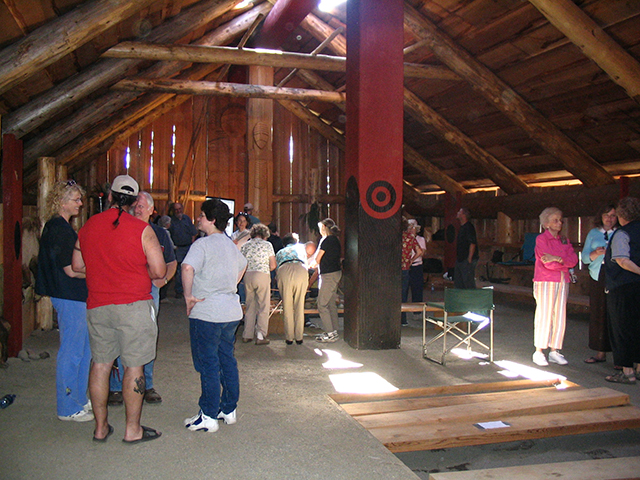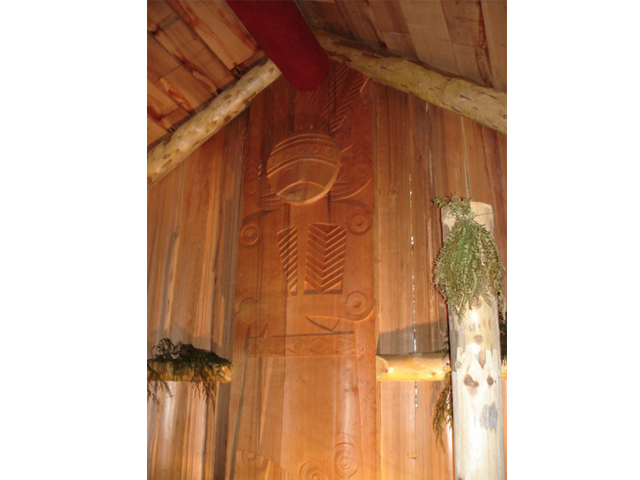CATHLAPOTLE PLANKHOUSE

CATHLAPOTLE PLANKHOUSE
Project Specifications: Education and Interpretive Plan, Interpretive Program Scripts and Volunteer Training
Ridgefield National Wildlife Refuge, located north of Vancouver, WA, is a National Wildlife Refuge System managed by the U.S. Fish and Wildlife Service. In 1991, the ancient remains of the native village of Cathlapotle were located and excavated on the Refuge by a team of archaeologists.
Lennox Insites developed training materials, interpretive program scripts and volunteer training to make this site come alive for visitors.
SITE
Ridgefield National Wildlife Refuge, located north of Vancouver, WA, is a 5,000-acre+ unit of the National Wildlife Refuge System managed by the U.S. Fish and Wildlife Service. It provides vital wintering habitat for a variety of birds, waterfowl and other wildlife on the Columbia River floodplain. In 1991, the ancient remains of the native village of Cathlapotle were located and excavated on the Refuge by a team of archaeologists. This village site was visited by the Lewis and Clark Expedition and documented in their journals.
ISSUE
The Lewis and Clark Bicentennial presented a unique opportunity to interpret the story of the Expedition along with the cultural stories of the native peoples who originally inhabited this area. The Cathlapotle Plankhouse Project was organized to raise private funds for the development and construction of a Chinookan-style Native American plankhouse on refuge lands to focus interpretive and educational efforts on this story. Refuge resources, however, could not provide staff to guide visitors through the site to interpret this amazing story.
SOLUTION
Volunteers were recruited and trained to guide tours, lead school groups and provide general information for the site.
ROLE
An Education and Interpretive Plan was developed to guide the project and ensure partner support for interpretation of the site. Five different themed interpretive scripts were developed to cover the key stories of the site. A corps of dedicated volunteers was trained in basic interpretive skills and in use of the scripts.




